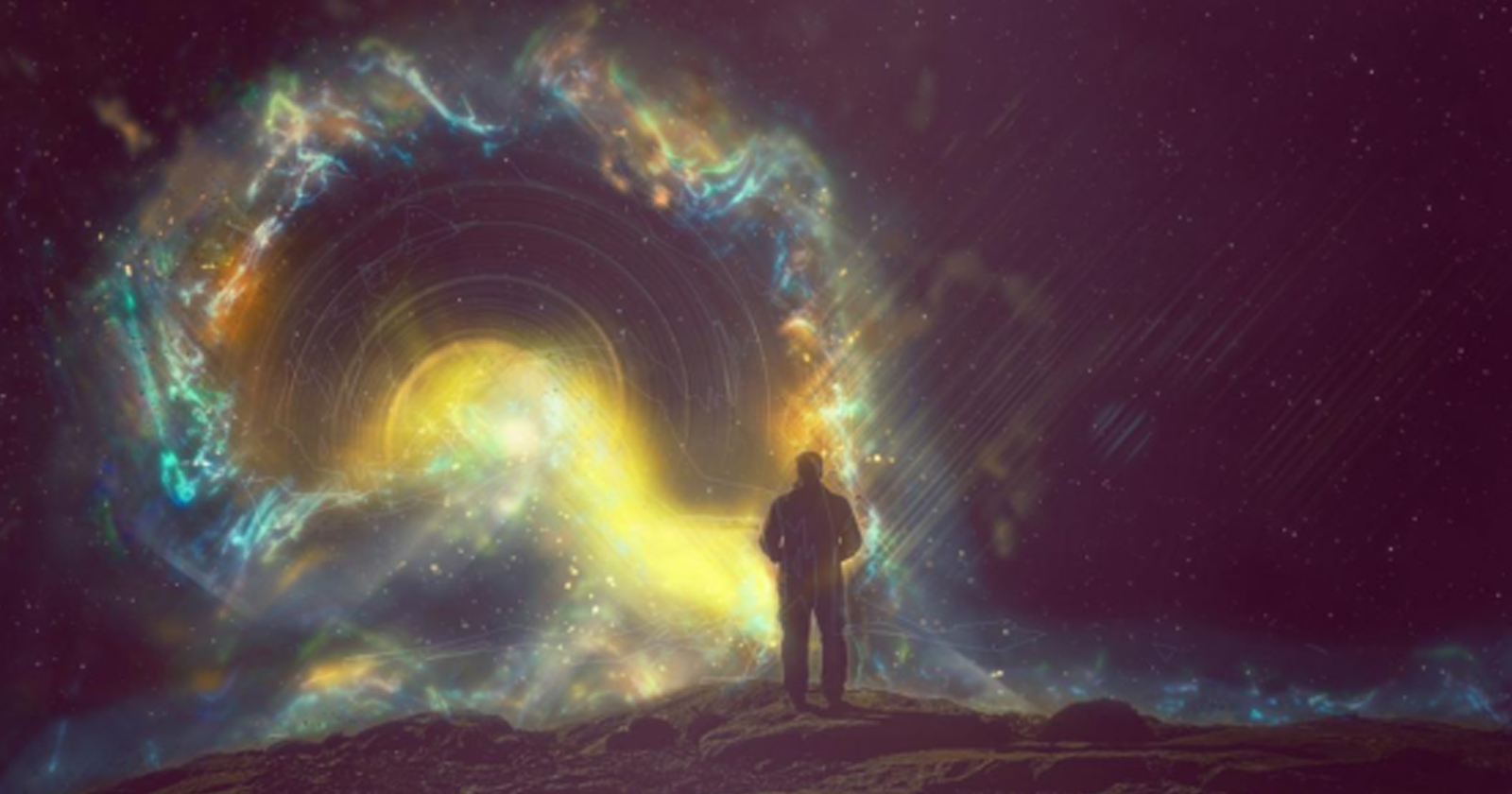The incredibly small size of Pox 186’s central bulge is a good clue to how our galaxy formed, astronomers say. The galaxy’s mass is roughly equal to that of the sun, and it contains old stars and globular clusters. But recent evidence suggests that the central bulge is not spherical and that it is more like a bar, two-hundred thousand light-years long. The disk and bulge are surrounded by a faint, spherical halo. These stars are formed from gas that surrounds the black hole in the center.
Cosmologists think this discovery will be useful in other fields, but it’s unlikely to be used in the real world. The study was limited to just one galaxy, but it can provide a wealth of information. However, this new discovery may not have wide-ranging applications. The results are encouraging and suggest that this type of research is valuable in the future. It can help us understand the complexity of the universe, and it could also help us understand how we fit into it.
While the discovery may have limited practical applications, it does highlight how diverse the universe is. The Hubble Ultra Deep Field is only about a tenth the size of the moon and it has nearly 10,000 galaxies. It’s located in the constellation Fornax, and the Hubble instrument was launched in 2006. It took 111.6 days to observe the patch of sky in question. It revealed the density of dark matter in the parent universe and that the galaxy’s characteristics were similar to the parent universe.
The team developed an algorithm that could extract properties about the entire universe from a single galaxy. This algorithm would be especially useful if we could find a way to make the neural network work on the data of more than one galaxy. The researchers suspect this type of research is not yet ready for real-world use, however. Nevertheless, the findings show that it is possible to predict the fate of other stars.
The Milky Way is not alone in the universe. Its hundreds of billions of stars, and their gas-fuelled counterparts are scattered all over the universe. But it is still far from an isolated galaxy. In fact, it is part of a larger cluster that contains billions of galaxies. Despite the small size of the Milky Way, the MilkyWay is an excellent example of the diversity of the universe.
The neural network algorithm, which uses only one galaxy to extract certain properties about the universe, has been shown to be remarkably accurate. It is also capable of predicting specific properties about the universe based on just one galaxy. In addition to the size of a galaxy, the neural network’s algorithm can extract information about its clumpiness. This is not a complete representation of the universe, though it is a great step forward in science.
